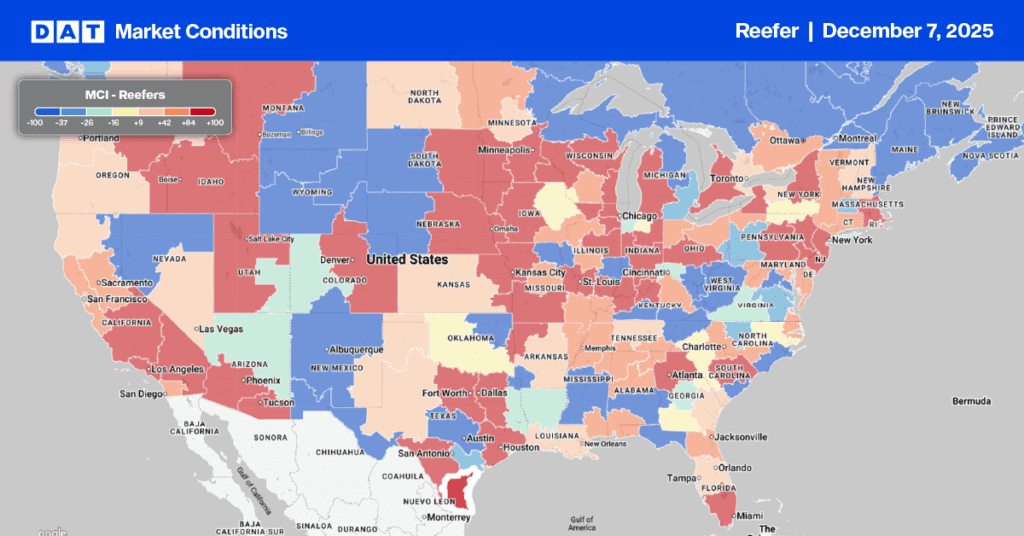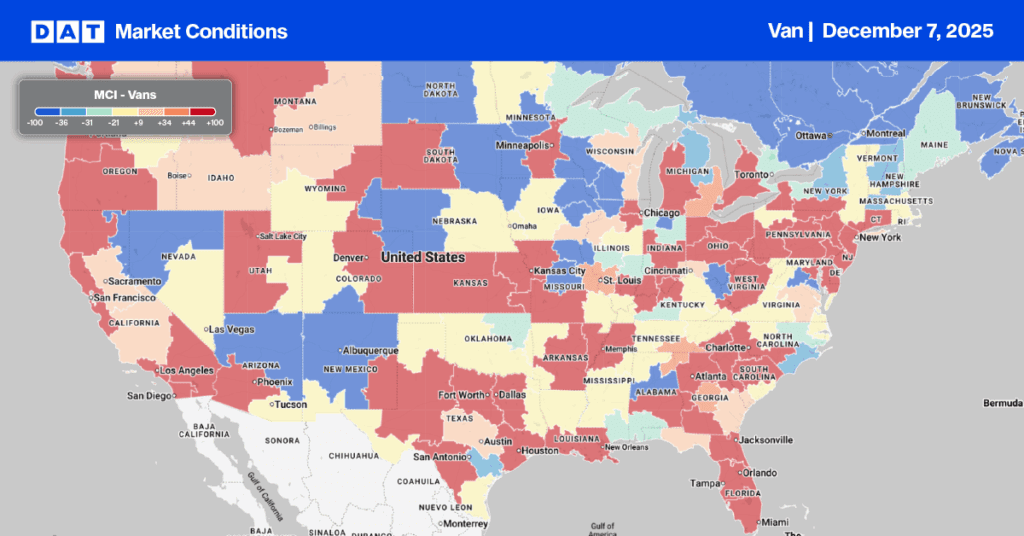It’s that time of year again, truckers! It’s time for Rick’s winter tips. Long-haul owner-operator Rick Rukstalis’s tips on winter driving are detailed and informative, but before you read on, make sure always to read the instructions carefully before using any product, and check with your equipment manufacturer or fleet manager to make sure you don’t void your warranty and fleet maintenance policy.
With summer ending and fall here, winter is right around the corner. Here are some tips and ideas to refresh things you may overlook, personally and equipment-wise.
Let’s start with personal:
- Clothing: Make sure you have the proper clothing for winter. Carry an extra coat, boots, and gloves for when you have to work outside and your gloves get wet. Frostbite is no joke. Also, a pair of heavy winter coveralls is helpful if you lay in the snow to work on something. You’ll be warm and dry.
- Food: Canned food is good to have. It’s easy to store and easy to eat. Most of us have microwaves, but if you don’t, canned food is good, like soup. Lay it up behind the turbo while the truck runs, and it’ll warm that soup to eat. Canned fruit is also good to have, as it doesn’t spoil. Ensure you have enough food on board if you must wait a few days for a storm to pass.
- Water: Even in winter, the salt in the air can dry you out. Make sure you are hydrated.
- Warmth: A new clean paint can, a roll of toilet paper, and rubbing alcohol. This is an instant heater if you are broke down. Note this is for outdoor use only. Take the can and the toilet paper, remove the cardboard center out of the paper, push it in the can, and then take the rubbing alcohol and dump it into the can, wetting the paper. Then light it, and you’ll have instant heat. Keep the can lid to smolder the fire and store it when unused.
- Flashlight and batteries: Make sure they are new and that you have plenty of them.
- Extra bedding: You never know when you’ll need it.
Now, let’s move on to equipment:
- Make sure all defrosters and heat work. Turn on your heat valves if you have them. Check all your water lines for leaks or rubbing. Now is the time to fix them. Also, regarding the cooling system, carry an extra gallon or two of coolant just in case.
- Check and replace your wiper blades now. Also, have extra wiper fluid on hand.
- Ensure all your lights are in working order and have an extra headlight bulb.
- Chains: Make sure you have them. As of October 1st, out west, you should have them. Make sure they are in working order with no broken links; if there are any, fix them.
- Check your tires: Make sure they will get you through winter. Check for enough tread, and if not, call LCAAP for tires. Make sure they also have proper pressure. Even in winter, tires go flat.
- Air system: Check for leaks in the system. One thing overlooked is the air dryer filter. I replaced mine before winter, so I have a new one for the winter. Also, it’s time to replace those rubber gaskets in those glad-hand airlines. They dry rot and leak, which can cause a breakdown and be an OOS violation.
- Make sure your mirror heat works if equipped.
- Check fuel lines to make sure nothing is leaking.
Other tips and ideas:
- Rubbing alcohol is good to carry to help with ice in airlines or washer fluid. It’s cheaper than air brake antifreeze and does the same thing.
- Tools: Carry a hammer and a torch. These help with frozen brakes, save on road calls and get you going.
- WD-40 or non-stick PAM: I prefer non-stick Pam over WD-40. I spray it on my lights, and snow or ice won’t stick to it. Pam washes off easier than WD-40. Only spray it on lights, nothing else.
- Small shovel: You never know when you’ll need it if stuck in a snow drift. An army surplus store is the best place to get one; it’s foldable and stores easily. Also, get some kitty litter or sand, as they provide instant traction if you are parked on ice.
- Parking: When you park and a lot of snow has drifted or not been plowed, don’t just park. If you park and you see it will drift or it’s deep, pull out and back up a few times when you get back in. This cools the tires off, and the ice doesn’t form under them. Also, it’s easier to get out in the morning. While others may need a tow or a shovel, you can roll right out.
- Apps: They are everywhere on tablets, smartphones, etc. Download weather apps and road conditions apps; all states have them. If you are headed where it snows, check conditions for road closures and chain laws. Don’t rely on just the CB; some guys put false information out there. Also, in winter, leave your CB on if you have one. Just listen for incidents or weather reports.
- Pets: Some of us carry pets, so ensure they are tended to the same way you are. Ensure they are warm and safe, too; they can get sick just like you.
- Keep your distance: Don’t follow closely; stop if you feel unsafe. If you are going to be late for delivery, call your company. Explain what’s happening; they would rather you be safe than in the ditch and possibly lose your lease or job.
- Communication is the key with dispatch and customers. Pay attention.
This list is not exhaustive, so if you have other suggestions, we’d love to hear from you — write to us at askiQ@dat.com


